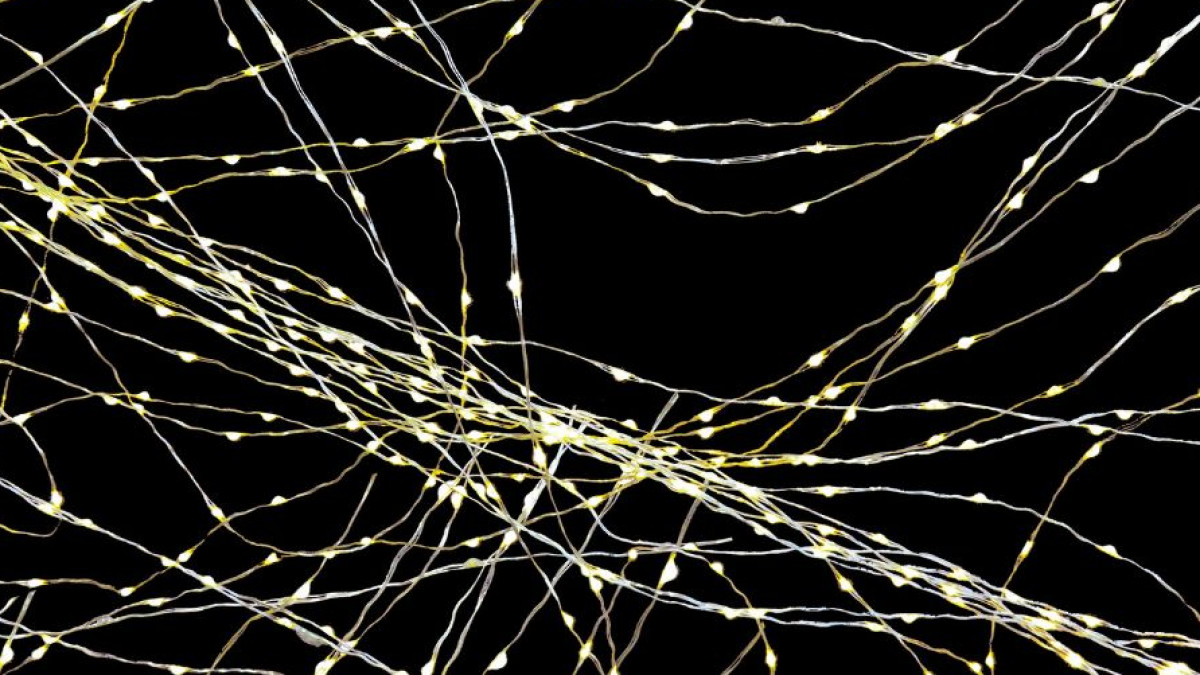Polyvagal theory and how to calm the nervous system

Polyvagal theory is known as the ‘the science of safety and connection’ and teaches us how to support our nervous system.
Polyvagal theory is known as the ‘the science of safety and connection’. It explains how our autonomic nervous system (ANS) ensures our survival by shifting us in and out of three states depending on the situation we’re in.
You could think of those three states like a set of traffic lights:
The first state (green light) is the ventral vagal state - it has us feeling calm, relaxed, safe and engaged with our environment. This state is also called our ‘social engagement system’ because when we feel relaxed; we feel connected to others, seek contact and share resources.
The second state is the sympathetic nervous system (SNS) (orange light) - it activates our ‘fight/flight’ responses when we sense danger. For our ancestors, this would have meant that when faced by a wild animal, they would have been primed to either defend themselves or flee. In present day terms, it means we might physically or verbally defend/retaliate (fight) or we escape into coping mechanisms, such as drinking or overeating (flight).
The third state is the dorsal vagal state (red light). It leads a person or animal to ‘shut down or feign death’ when under life-threat. Think of a mouse playing dead when being attacked by a cat until the cat lets go and retreats. In mental health terms, this state is an explanation for dissociation and clinical depression; it’s a frozen kind of state.
The ANS evaluates which of these states to put you in by constantly assessing the extent of safety, danger or life-threat in your environment. It does that through a bodily sense called ‘neuroception’.
You know that sense you get that something’s or someone’s not safe? Or when you walk into a room and you can feel the vibe? That’s neuroception. It’s totally unconscious and involuntary and you can’t switch it off. Neuroception is different from perception, which is a more cognitive and conscious process.
So, what does this mean for keeping ourselves healthy and well?
1. What we call mental health issues are not only ‘mental’: they are governed by ancient physiological processes. ‘Our issues are in our tissues’, so to speak.
2. It is important to recognise that when somebody has had past trauma (as most people have), it is common that the ANS has become stuck on high alert (orange or red lights). This can make us chronically tense and hypervigilant, and give rise to conditions such as anxiety, depression, or insomnia. When we face new traumas (such as COVID-19), this then exacerbates us being stuck in those ‘survival’ states and increases our stress levels.
3. This means that we need to prioritise regular, ongoing activities which are soothing to our nervous system. And if we have pre-existing conditions due to challenging past experiences, we need to be extra committed to seeking out relaxation. The goal is to have an ‘agile’ nervous system, which easily shifts between the three states. So, when the daily stressors of life hit, we can easily get ourselves back into a relaxed state.
The good news is, we can re-educate our nervous system to come back into the more relaxed ventral vagal (‘green light’) state.
The more we work the relaxation muscle, the better for re-calibrating our nervous system to reach a state of safety and connection. Just like going to the gym, we have to seek out relaxation regularly, consistently and ongoingly.
Everyone can find their preferred ways of getting into a more relaxed state. Gardening, yoga, colouring in books, singing, dancing, walking, getting a massage, taking a bath, giving a hug, are all examples of such activities.
I’ve found it helpful to increase my own awareness of what state my nervous system is in by keeping a ‘neuroception notebook’, also suggested by Deb Dana. That’s a journal where I record situations that trigger me to go into ventral vagal (calm relaxed), dorsal (shut down, depressed, hopeless) and sympathetic (busy, racy, stressed, fidgety) states.
This helps me to seek out the situations, people and places that bring me calm and focused relaxation, while minimising the impact of the stressful or dangerous situations. Over time it has given me the intel to:
a) put more calming and enjoyable activities into my day; and
b) redesign my lifestyle to foster more ventral energy.
Here’s to creating an agile nervous system!
Categories: : Healing, Polyvagal Theory, Trauma

Acknowledgement of Country
I recognise the history, culture, diversity and value of all Aboriginal and Torres Strait Islanders, and acknowledge their Elders past and present.
I acknowledge that sovereignty has never been ceded, and support reconciliation, justice and the recognition of the ongoing living culture of all First Nations people by providing welcoming and culturally informed services.
Embracing inclusivity and diversity, I also support a culture of inclusion, respect, choice, voice and diversity and am committed to supporting all people to be mentally well and engaged in their communities.
 Vanessa Kredler
Vanessa Kredler 
